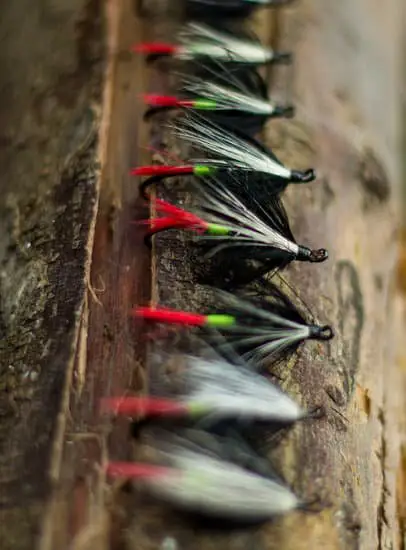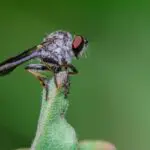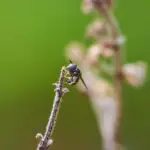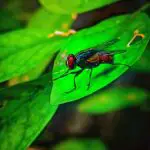How Good is a Fly’s Eyesight?
If you have ever wondered how flies see in the dark, you should know that their vision isn’t perfect. In fact, they have far worse vision than humans do, with limited 360-degree vision and a poor ability to differentiate colors. Their eyes can’t change lenses, and instead, rely on a process called summation to make an image. This method adds input from neighboring pixels and increases the time it takes to sample a photon.
The eyesight of flies is very different than human eyes, but their compound eyes are extremely powerful. A single fly eye can process up to 80 images per second, while the human eye is limited to 24 images. In addition to the wide field of vision, a fly’s compound eye allows it to perceive polarized light and spectrum.
A fly’s vision is like a mosaic. Each ommatidium contains thousands of tiny images, which collectively create a complete image when viewed from a distance. The compound eyes of a fly are more complex, with tens of thousands of these tiny pictures.
In a study of flies, researchers found that some species can perceive 250 flashes per second, or four times faster than human vision. The faster a fly can see, the more rapid its reaction times are. This speed also allows flies to react quickly to prey, obstacles, competitors and even a swatting attempt.








